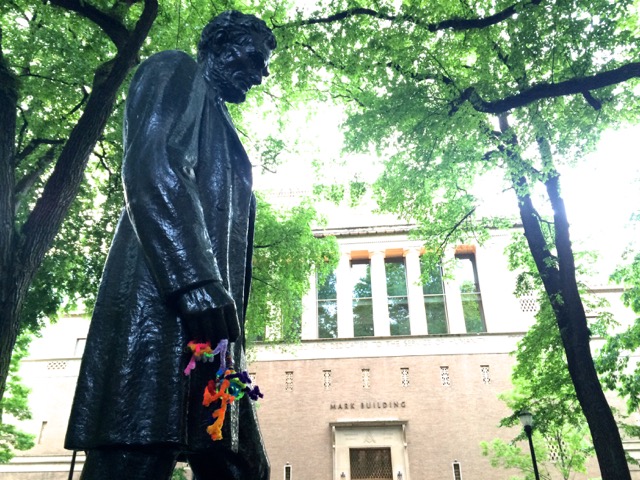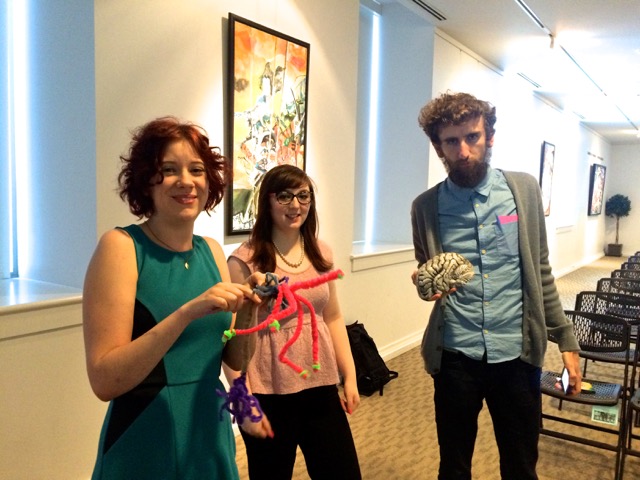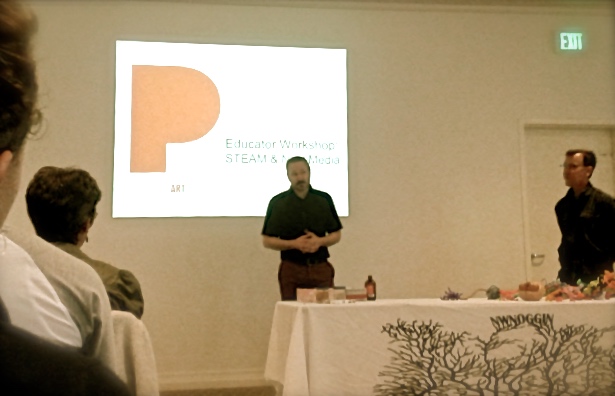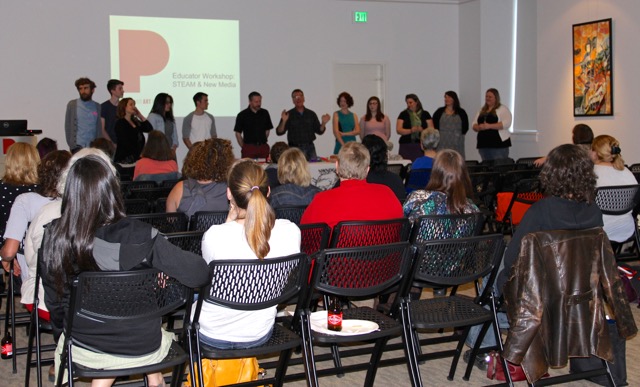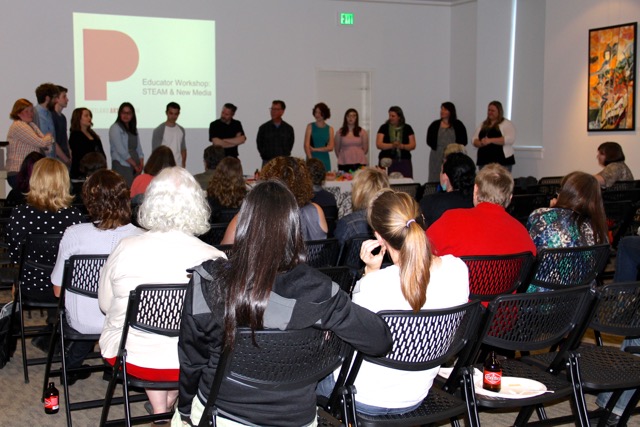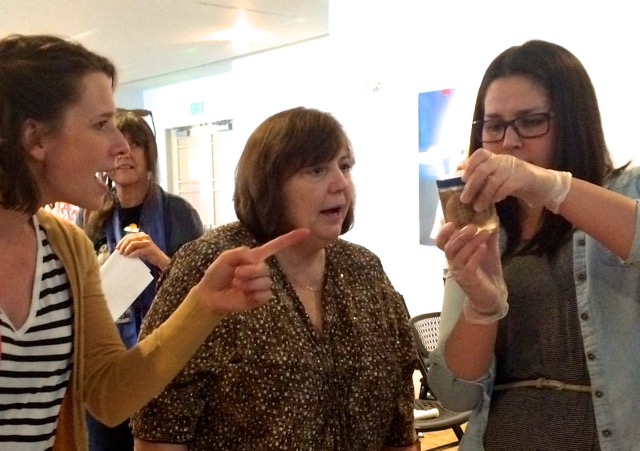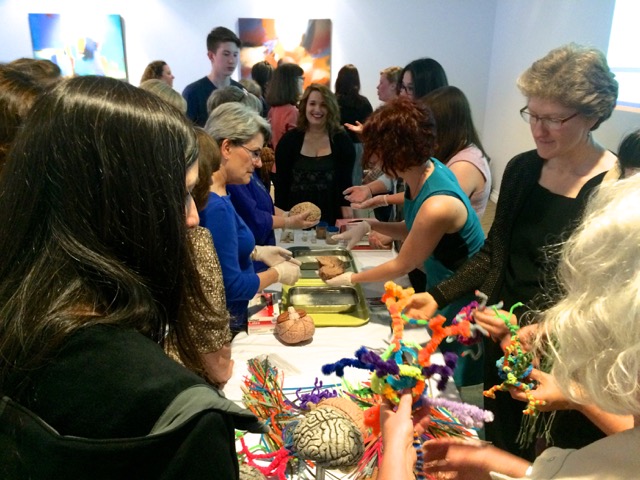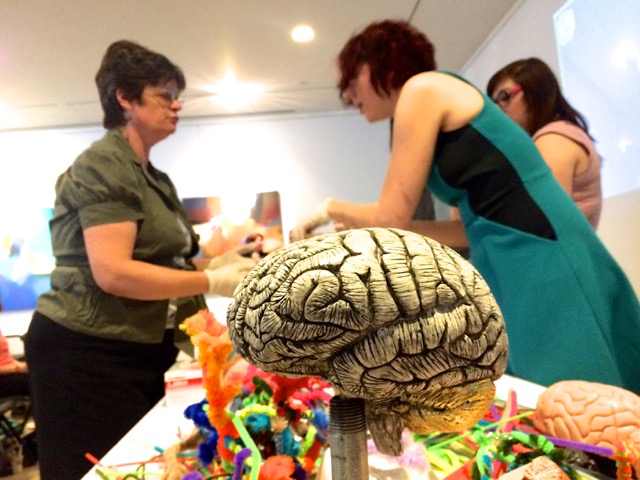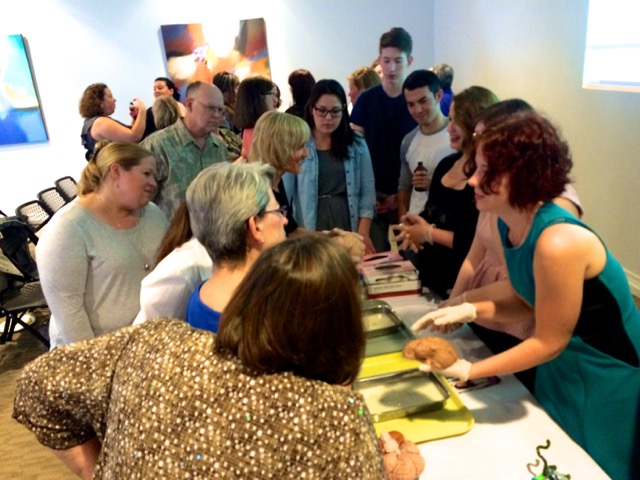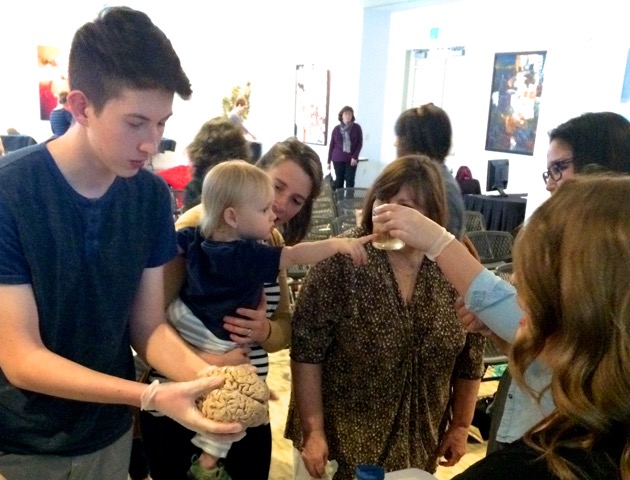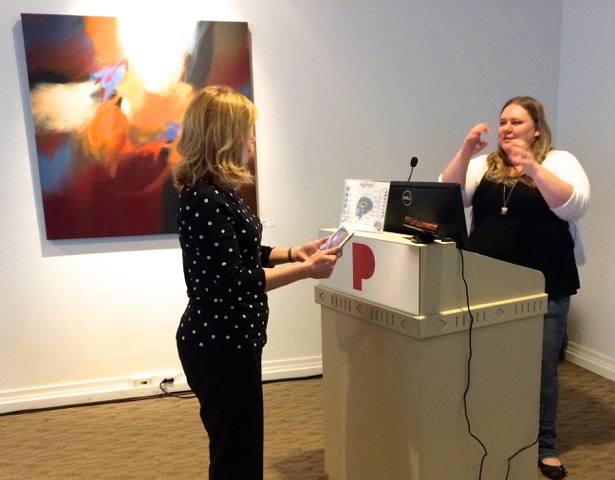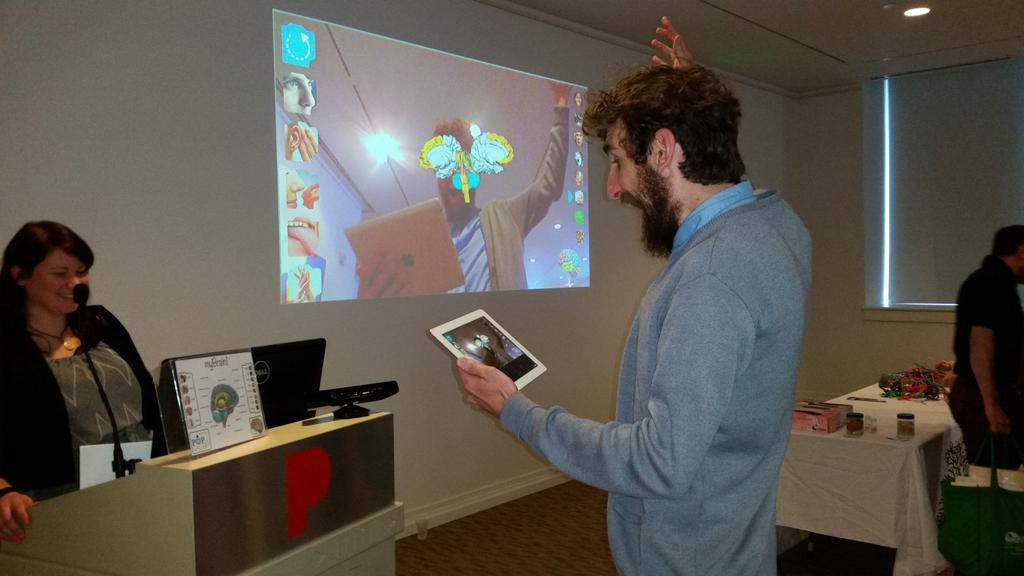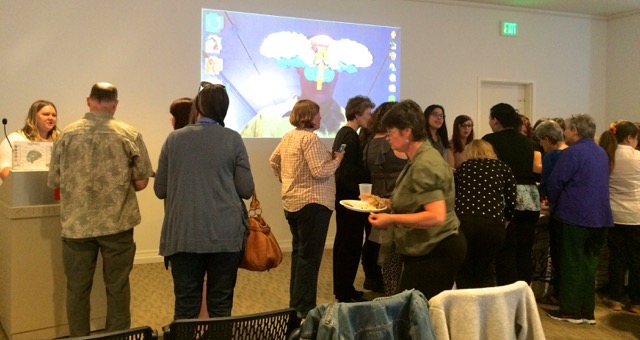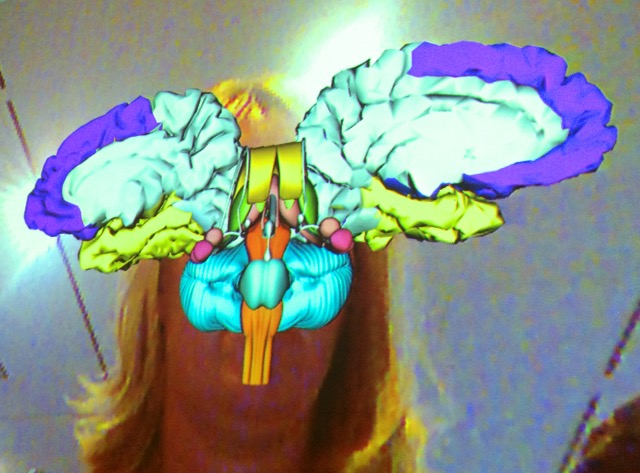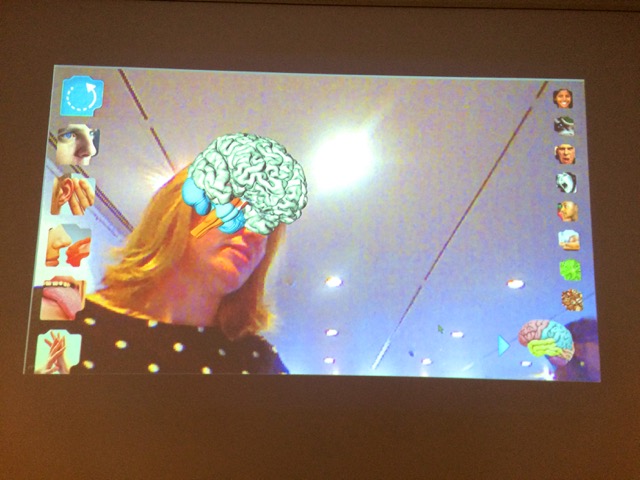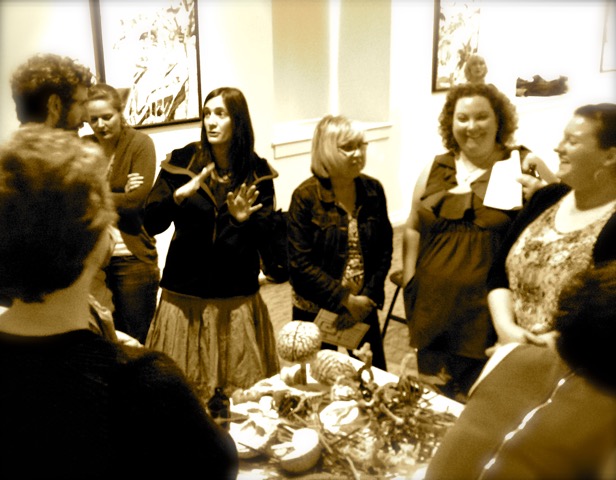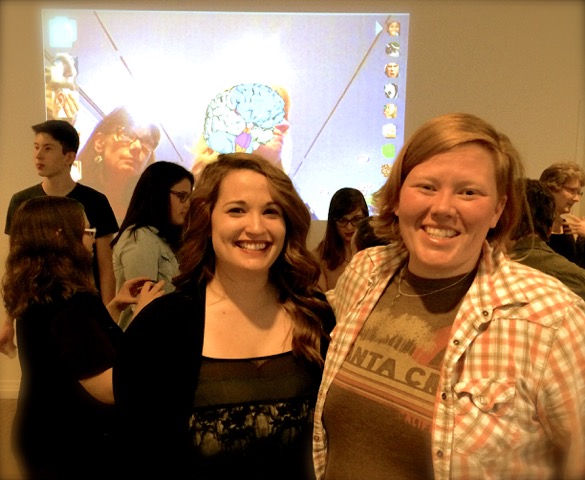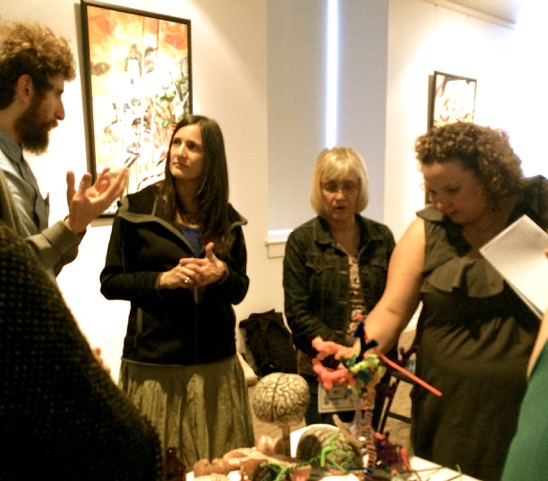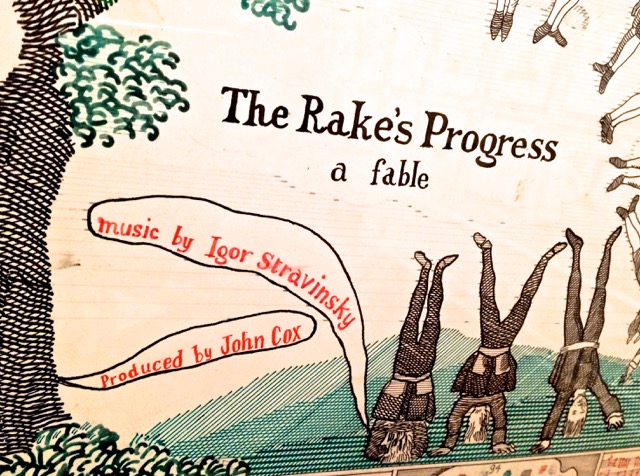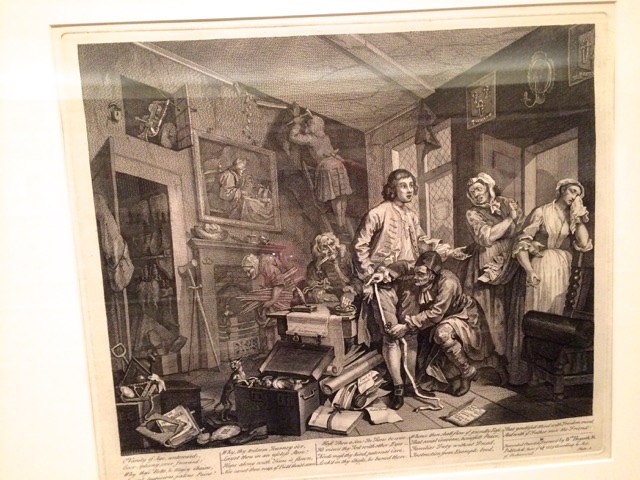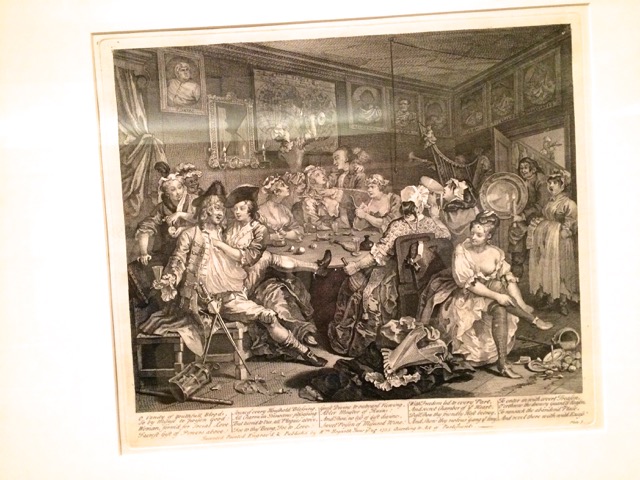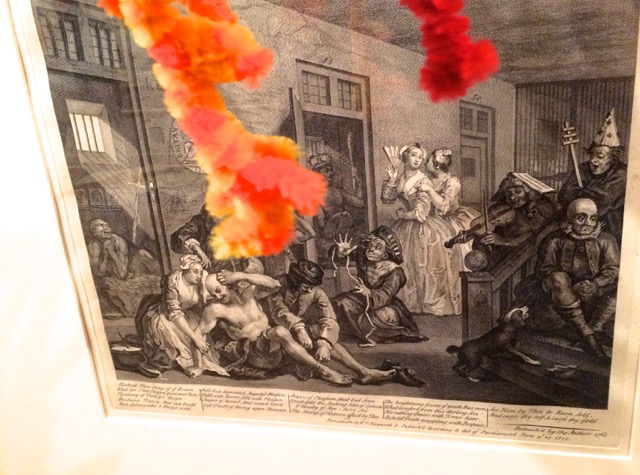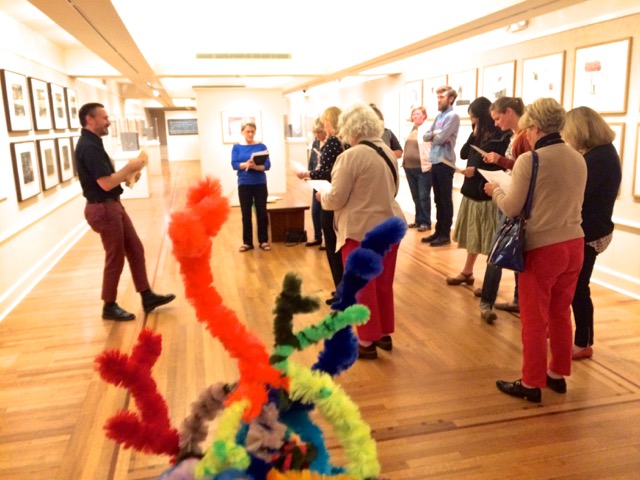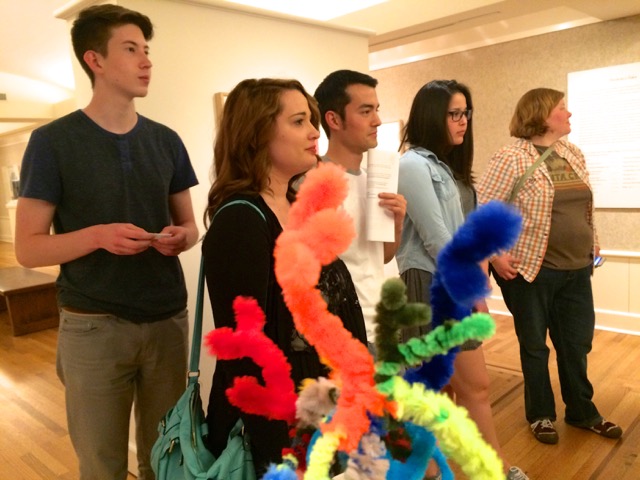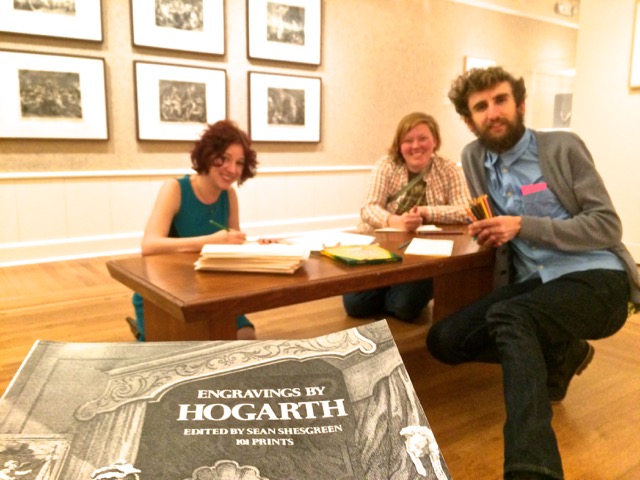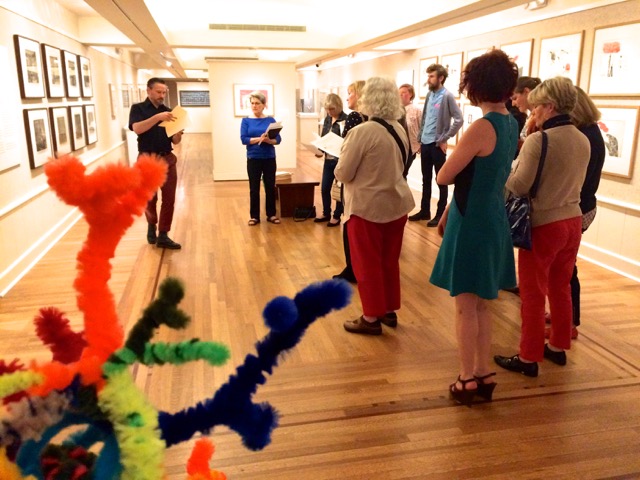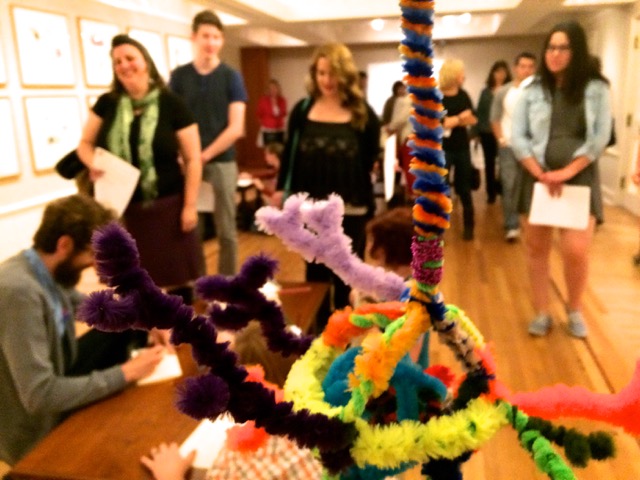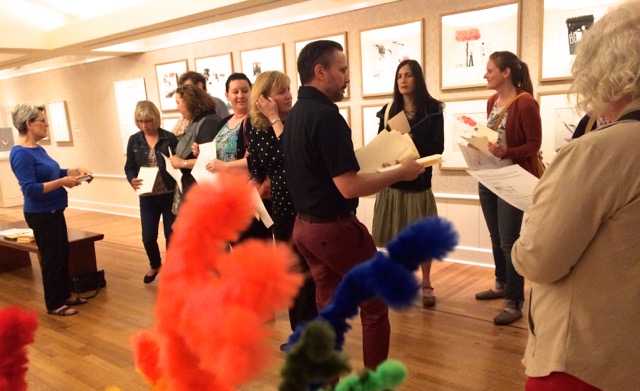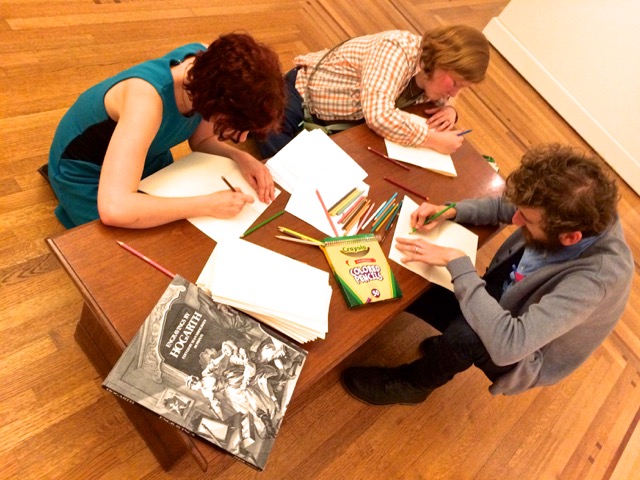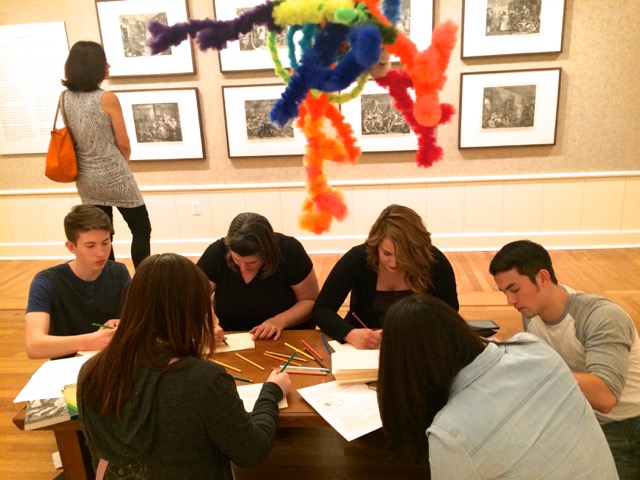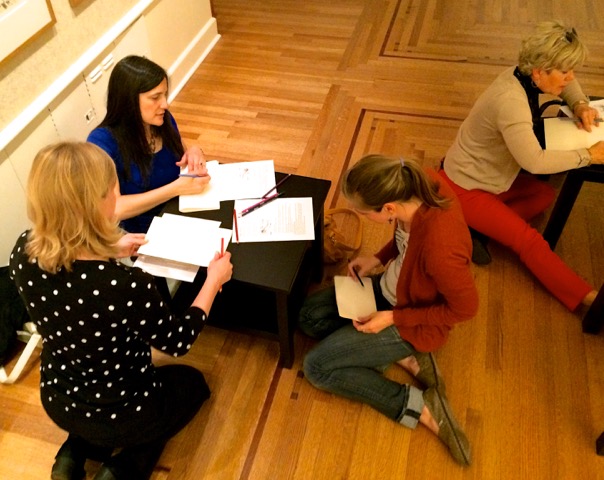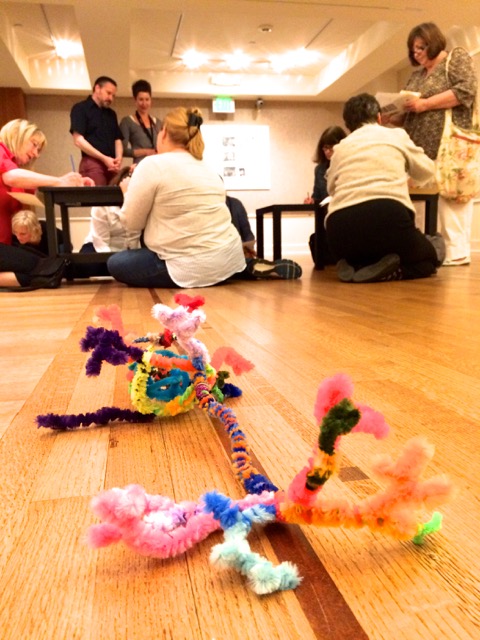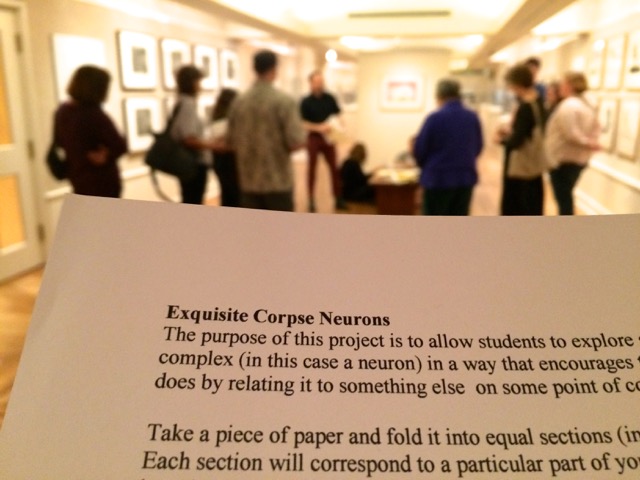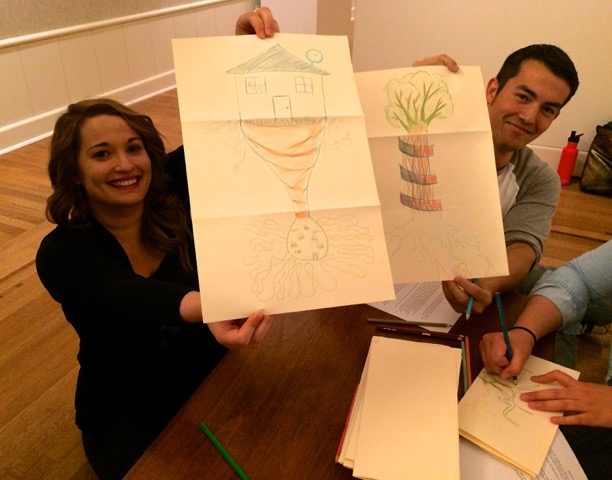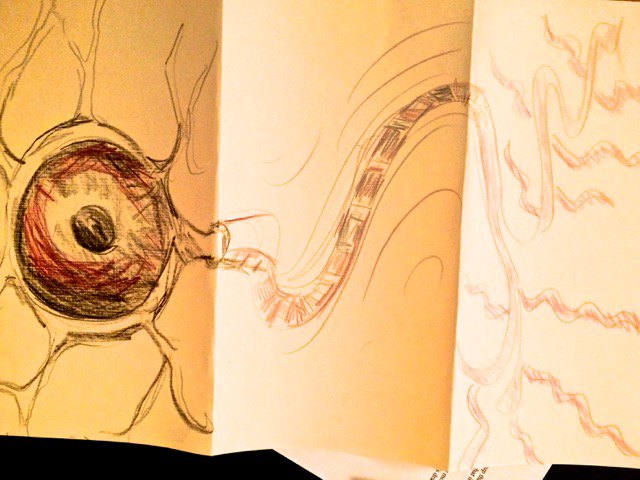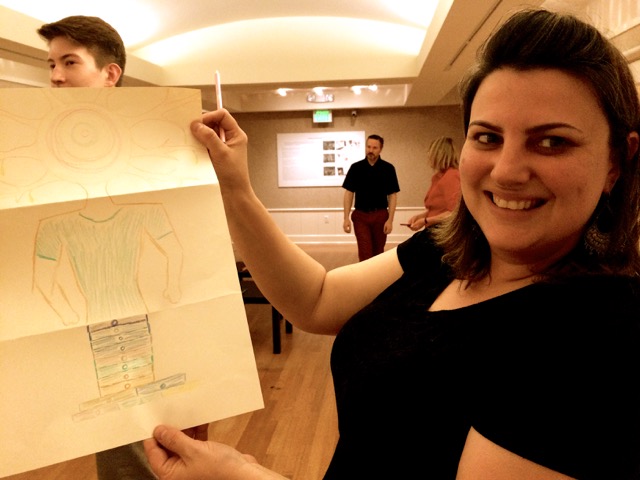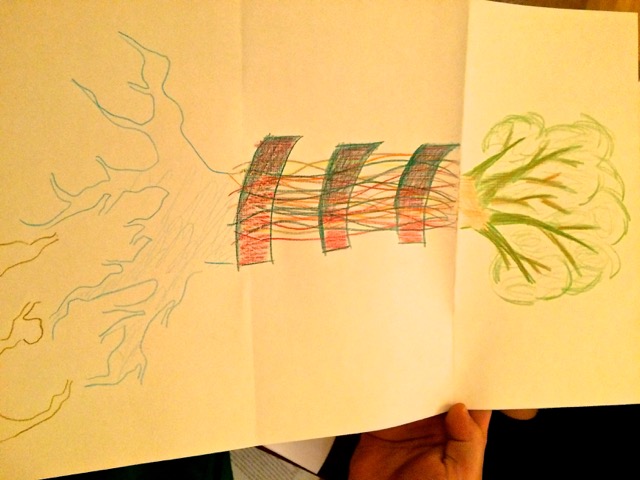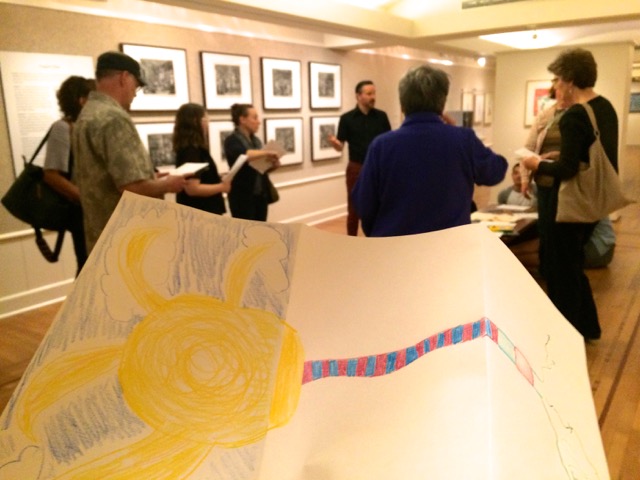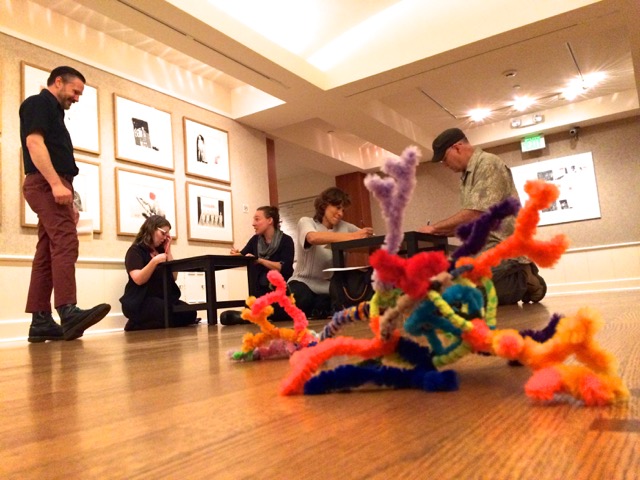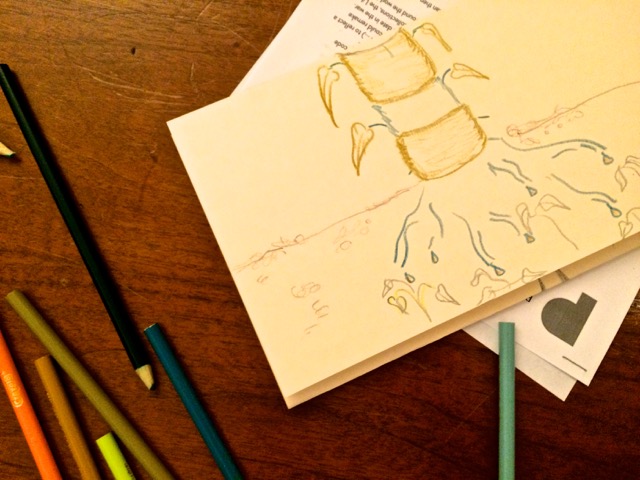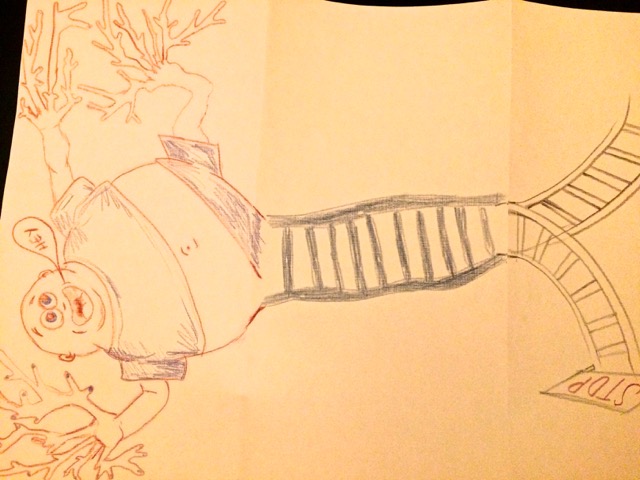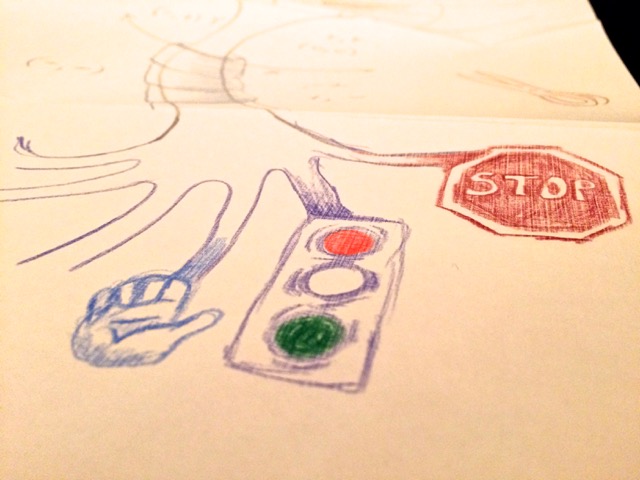We enjoyed an artistic science-packed educational evening in the creative surroundings of the Portland Art Museum on Thursday night, as featured speakers for a “Remixing the Museum: STEAM and New Media” event…
We were guests of Hana Layson, the School and Teacher Programs Specialist, Kristin Bayans, the Interpretive Media Specialist, and Phillippa Pitts, a Kress Interpretive Fellow at the Museum, who spoke first about exciting local efforts at arts integration in STEM, including the museum’s current Mythos Challenge, and a new digital skills learning initiative known as Hive Cascadia…
Jeff and Bill spoke about the efforts of NW Noggin, and described some of our organization’s STEAM experiences from the last few years of outreach in the Portland/Vancouver community. Our brain-toting undergraduate and graduate participants from WSU Vancouver, OHSU, PNCA and PSU have developed excellent teaching skills, by serving more than 3000 academic priority K-12 students since summer 2012!
As Jeff explained, “we work with a lot of kids that we want to enthuse about science, and about their own education in general, enough so that they will continue past high school to pursue science degrees and professions. Many of the kids we work with, however, have disengaged with school for one reason or another, so one of the things we ask ourselves is how do you get them excited and motivated about learning? This is really what’s at the heart of what we do and, I think, what STEAM education does as well. STEAM is about how you learn as much as anything else, and we are in a larger sense trying to offer these students a different way to learn…”
He continued… “This is where the inclusion of art comes in, because art plays a critical role in allowing for a great deal of differentiation in the delivery of content. Because of this, students can explore and play with material rather than seek one right answer, and they can potentially approach educational content in a way that is personally relevant to them…”
(First pic below by Hana Layson, Portland Art Museum)
It was a terrific opportunity to showcase our tireless and accomplished volunteers, including Chelsey Taylor Anderson, Angela Johnson, Nathan Allen, Angela Gonzalez, Ben Yefimov, Sarah Dorsch, Brittany Wouden and Angela Morelli from WSU Vancouver, and Sarah Loftus, Michael Miller and Allie Clark from PSU. They joined us in the Miller Gallery, and introduced themselves to the 45 or so area teachers who were there to learn more about STEAM education. (Pic below by Hana Layson, Portland Art Museum)
And then we followed up with brains..!
Brittany Wouden and Angela Morelli also showcased their rapidly evolving MyBrain! app, this time on the impressive, big screen display in the Miller Gallery space…
Our NW Noggin crew then headed to a gallery featuring William Hogarth‘s famous series of prints, “The Rake’s Progress,” which we introduced partly as a tale of frontal lobe degeneration, as young Tom Rake, after inheriting his father’s estate, proceeds to spend impulsively, drink heavily, and make successively poorer social decisions. Excessive alcohol, lack of sleep, questionable acquaintances, and access to substantial financial resources can certainly wreak havoc on an adolescent’s brain…
It starts with Tom getting measured for new aristocratic finery, while trying to pay off the irate mother of his pregnant girlfriend…
His misadventures then get even more raucous, impulsive and wild…
And of course, as with severe alcoholism, and frontal lobe dissolution, it does not end well…
Jeff then led several groups of teachers, along with our NW Noggin volunteers, in creation of “exquisite corpses,” where one person completes a drawing assignment on one third of a folded piece of paper, and then a second person completes the next section, and then a third person the final piece…
The assignment was to consider the three primary structural components of a neuron (the dendrites, soma (or cell body), and axon) – but in a functional way. Teachers had great fun thinking creatively about what these various parts of a neuron actually do, and how to visually represent them…
The assignment itself is available here…
Lesson Plan Exquisite Corpse Neuron
There were some very creative works generated in that Hogarth gallery on Thursday night…
Many thanks to Hana, Kristin, Phillippa and PAM for a memorable night at the museum!



